Vishwaroopam is a 2013 Indian Tamil spy thriller film written, directed and co-produced by Kamal Haasan who is also enacts the lead role. The film has Pooja Kumar, Rahul Bose, Andrea Jeremiah and Jaideep Ahlawat in supporting roles. Also made simultaneously in Hindi as Vishwaroop, the film featured soundtrack composed by Shankar-Ehsaan-Loy, with lyrics by Vairamuthu and Haasan himself while Javed Akhtar translated them for the Hindi version.
Development of the project commenced after the release of Haasan's Manmadhan Ambu (2010) when several of the crew were brought in from the United States to lend their technical expertise. The direction was taken over by Haasan from Selvaraghavan and reports indicating a comparison with several English films surfaced during the production. The first teaser was revealed in April 2012 and first theatrical trailer was revealed in June 2012. Vishwaroopam is the first Indian film, and second film worldwide after Red Tails (2012), to utilize the new Auro 3D sound technology. The film is also the first of its kind to release via direct-broadcast satellite, also known as direct-to-home (DTH), a concept which allows a one-time viewing on home entertainment systems for a fee of INR1,000 (US$18.2). An early estimate by Haasan stated the film to earn INR350 crore (US$63.7 million) from all its sources including music and distribution rights.
The film released worldwide, excluding Tamil Nadu, on 25 January 2013. Legal controversies regarding the film's portrayal of Islamism arouse as several Muslim extremist groups protested the film's release in Tamil Nadu, resulting in an official ban being imposed on the film in the state by the Madras High Court. The ban resulted in similar decisions being made in Sri Lanka and Malaysia while release was delayed in the states of Andhra Pradesh, Kerala and Karnataka. Despite the fragmented release, Vishwaroopam garnered highly positive reviews from critics, most of which had downplayed claims of the film being anti-Muslim. The ban on the film in Tamil Nadu was lifted by Madras High Court following a special screening, but later uphold the ban on January 30,2013 and further release of the film was blocked by the government of Tamil Nadu over law-and-order concerns.. The consecutive banning of the film was strongly criticized by the Indian film fraternity, including the Central Board of Film Certification.Kamal Haasan said that he will file a petition in the Supreme Court to overturn the ban on his film 'Vishwaroopam'.Kamal Haasan was deeply grieved over the ban in Tamilnadu and even said that he is thinking of leaving Tamil Nadu for some other secular state in India.
Chief Minister Jayalalithaa Recent Comments
Chief Minister Jayalalithaa today tried to justify ban on Kamal Haasan's Vishwaroopam.
She cited shortage of police to provide security at theatres.
Ban on Vishwaroopam imposed based on intelligence inputs about likely violence, the CM said
She also made it clear that she had no personal grudge against Kamal Haasan nor had any personal interest in banning Haasan's movie.
Adding that she would facilitate an understanding reached by Haasan and the Muslim groups, Jaaylalithaa said, "If leaders of Muslim organisations and Kamal Haasan can work out an amicable agreement, government will facilitate that."
Ref: http://news.outlookindia.com/items.aspx?artid=788441
Development of the project commenced after the release of Haasan's Manmadhan Ambu (2010) when several of the crew were brought in from the United States to lend their technical expertise. The direction was taken over by Haasan from Selvaraghavan and reports indicating a comparison with several English films surfaced during the production. The first teaser was revealed in April 2012 and first theatrical trailer was revealed in June 2012. Vishwaroopam is the first Indian film, and second film worldwide after Red Tails (2012), to utilize the new Auro 3D sound technology. The film is also the first of its kind to release via direct-broadcast satellite, also known as direct-to-home (DTH), a concept which allows a one-time viewing on home entertainment systems for a fee of INR1,000 (US$18.2). An early estimate by Haasan stated the film to earn INR350 crore (US$63.7 million) from all its sources including music and distribution rights.
The film released worldwide, excluding Tamil Nadu, on 25 January 2013. Legal controversies regarding the film's portrayal of Islamism arouse as several Muslim extremist groups protested the film's release in Tamil Nadu, resulting in an official ban being imposed on the film in the state by the Madras High Court. The ban resulted in similar decisions being made in Sri Lanka and Malaysia while release was delayed in the states of Andhra Pradesh, Kerala and Karnataka. Despite the fragmented release, Vishwaroopam garnered highly positive reviews from critics, most of which had downplayed claims of the film being anti-Muslim. The ban on the film in Tamil Nadu was lifted by Madras High Court following a special screening, but later uphold the ban on January 30,2013 and further release of the film was blocked by the government of Tamil Nadu over law-and-order concerns.. The consecutive banning of the film was strongly criticized by the Indian film fraternity, including the Central Board of Film Certification.Kamal Haasan said that he will file a petition in the Supreme Court to overturn the ban on his film 'Vishwaroopam'.Kamal Haasan was deeply grieved over the ban in Tamilnadu and even said that he is thinking of leaving Tamil Nadu for some other secular state in India.
Chief Minister Jayalalithaa Recent Comments
Chief Minister Jayalalithaa today tried to justify ban on Kamal Haasan's Vishwaroopam.
She cited shortage of police to provide security at theatres.
Ban on Vishwaroopam imposed based on intelligence inputs about likely violence, the CM said
She also made it clear that she had no personal grudge against Kamal Haasan nor had any personal interest in banning Haasan's movie.
Adding that she would facilitate an understanding reached by Haasan and the Muslim groups, Jaaylalithaa said, "If leaders of Muslim organisations and Kamal Haasan can work out an amicable agreement, government will facilitate that."
Ref: http://news.outlookindia.com/items.aspx?artid=788441
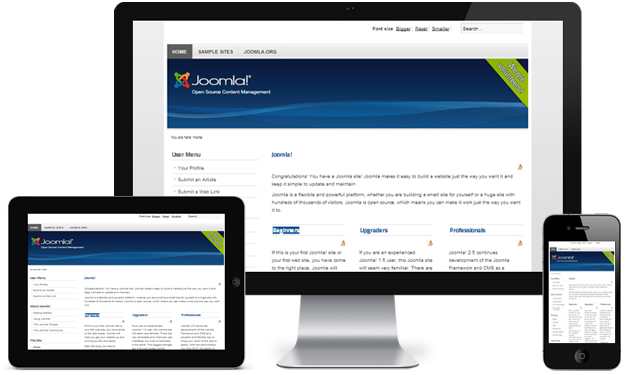
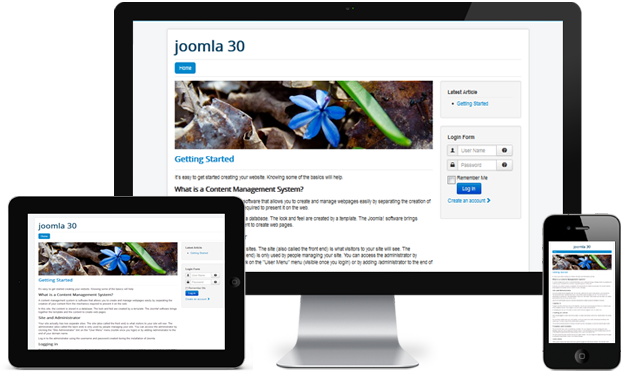
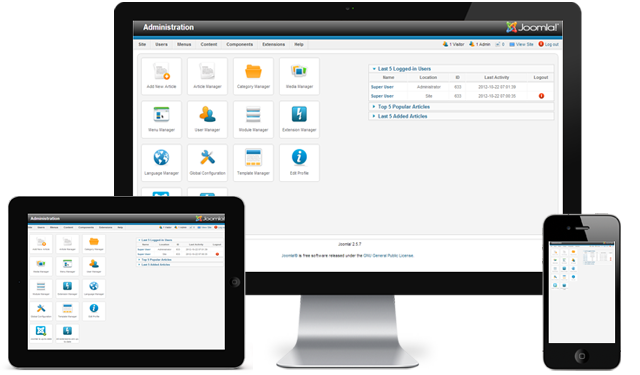
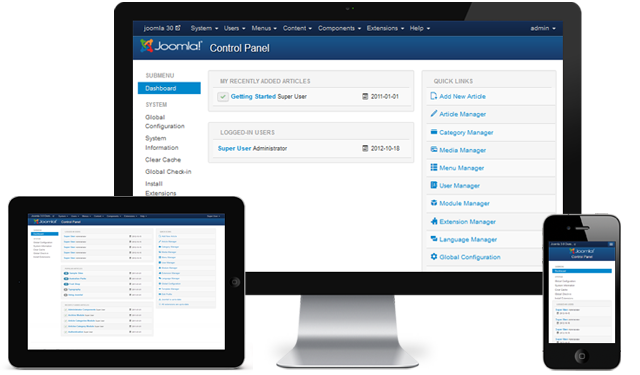

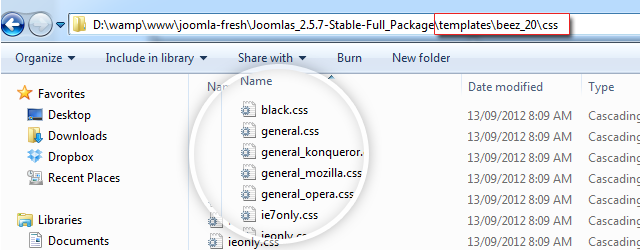



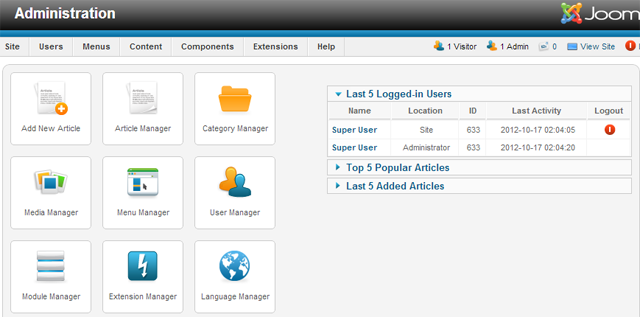
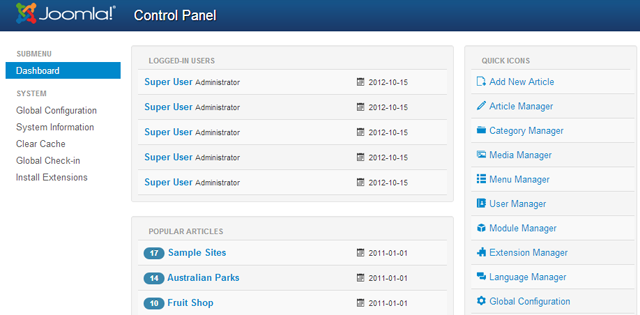
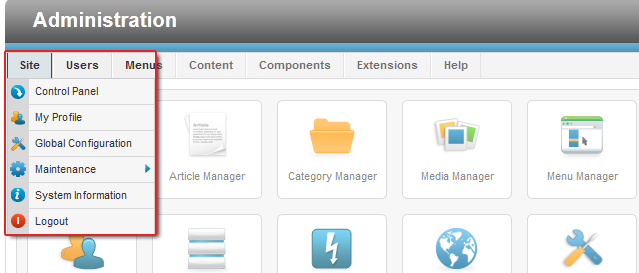
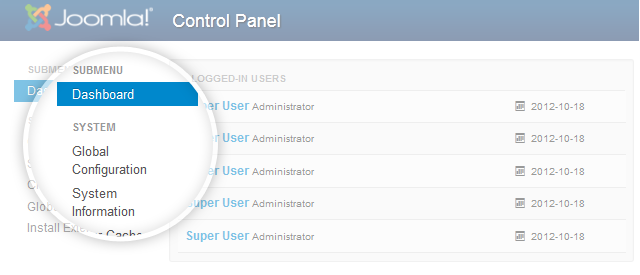
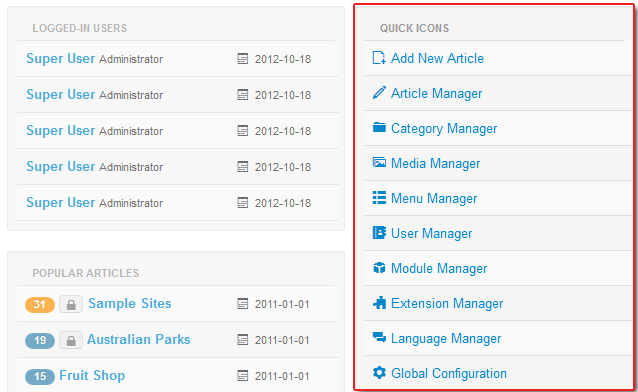
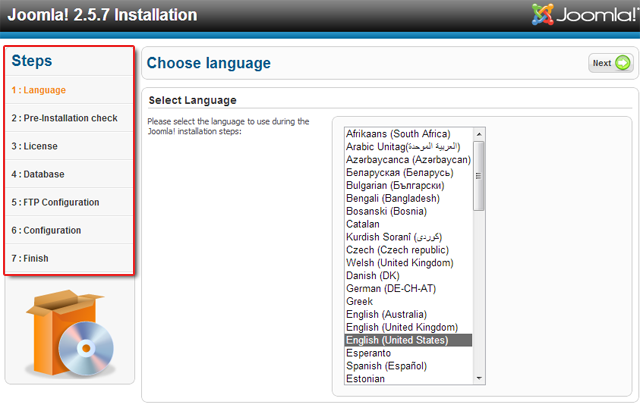
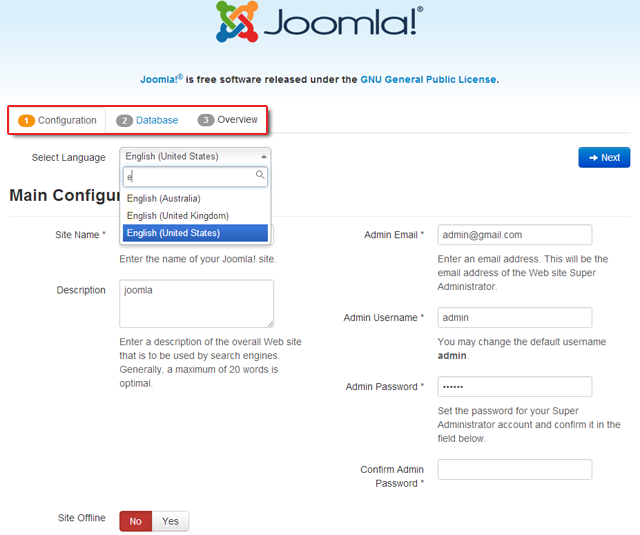

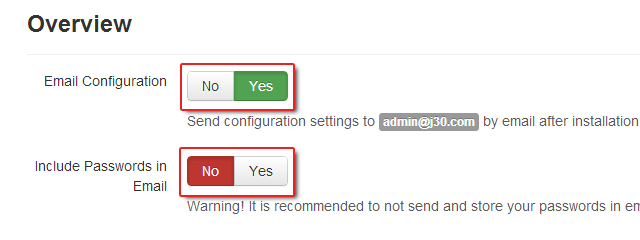

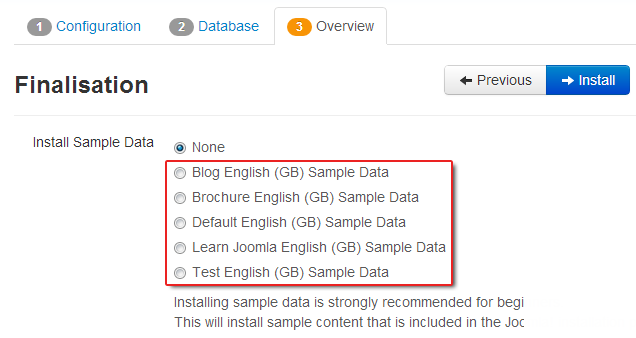
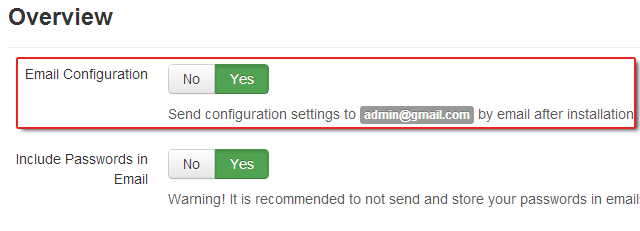


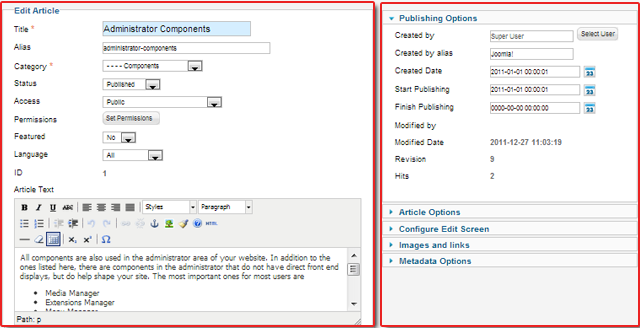
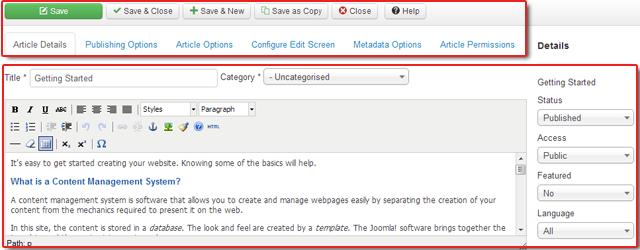
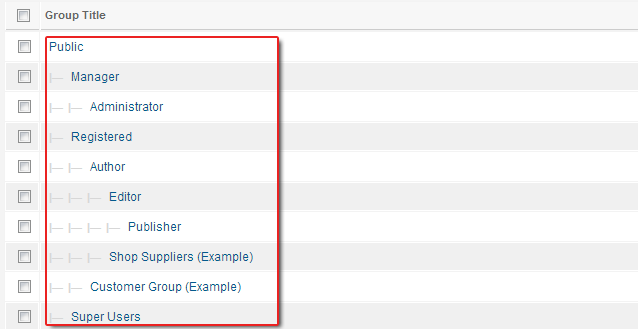

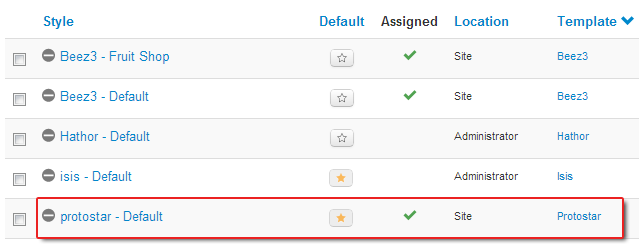
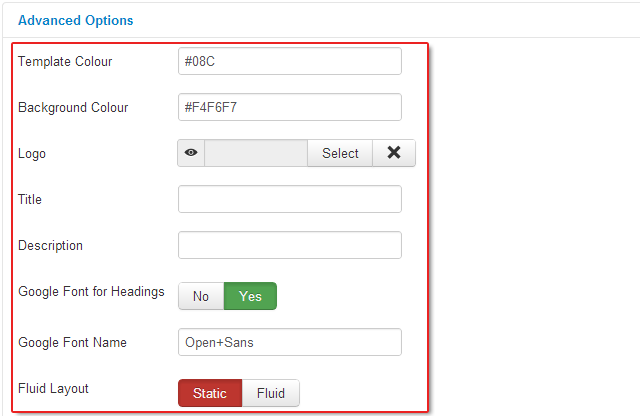
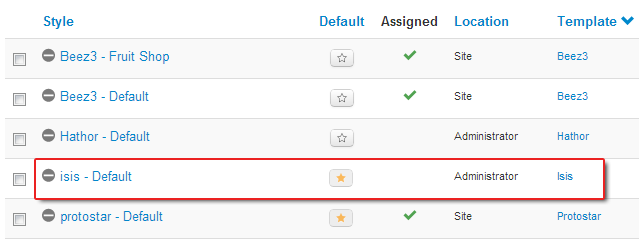

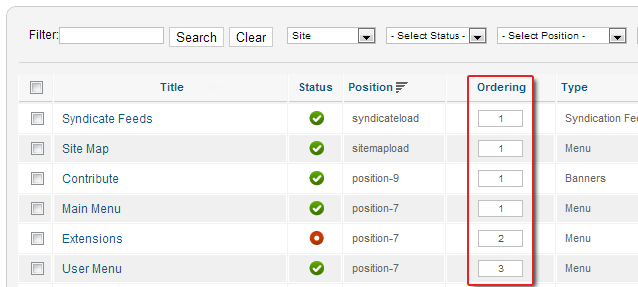
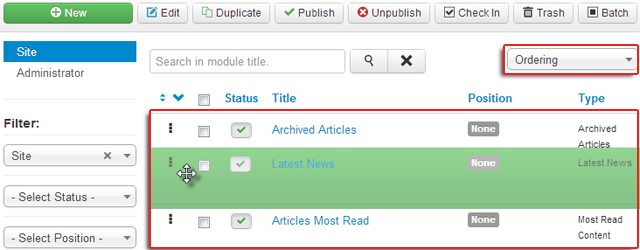
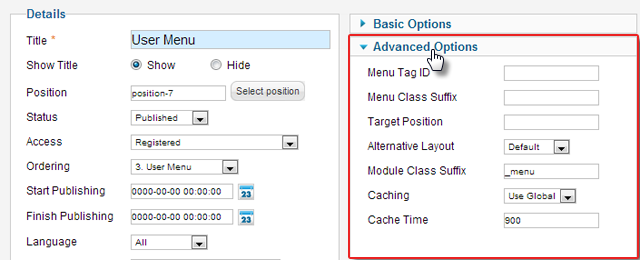
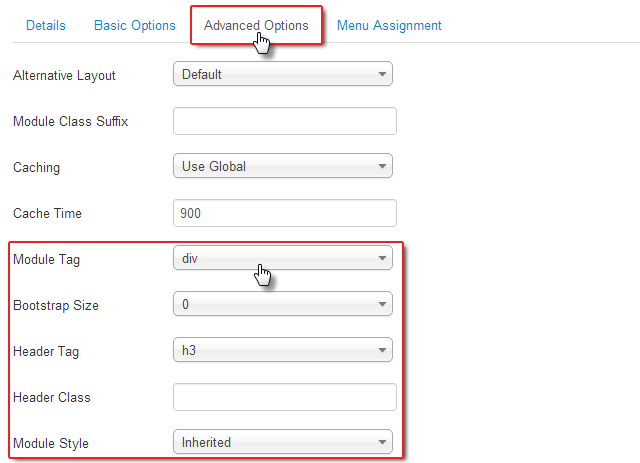
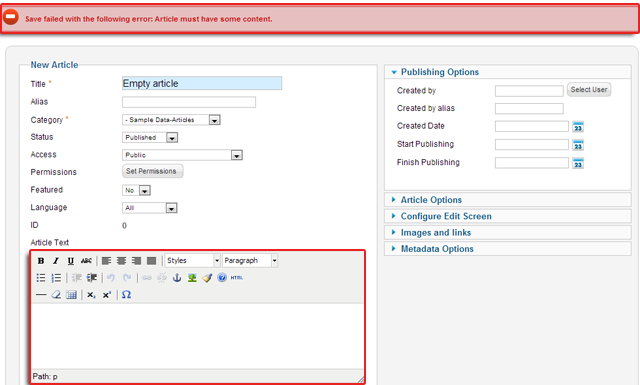
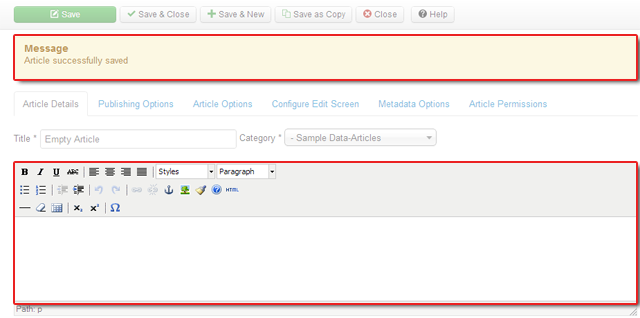



 Use
prolonged finger pressure directly on the point; gradual, steady,
penetrating pressure for approximately three minutes is ideal. Each
point will feel somewhat different when you press it; some points
feel tense, while others are often sore or ache when pressed. How
much pressure to apply to any point depends on how fit you are.
A general guideline to follow is that the pressure should be firm
enough so that it "hurts good" - in other words, something between
pleasant, firm pressure and outright pain.
Use
prolonged finger pressure directly on the point; gradual, steady,
penetrating pressure for approximately three minutes is ideal. Each
point will feel somewhat different when you press it; some points
feel tense, while others are often sore or ache when pressed. How
much pressure to apply to any point depends on how fit you are.
A general guideline to follow is that the pressure should be firm
enough so that it "hurts good" - in other words, something between
pleasant, firm pressure and outright pain.